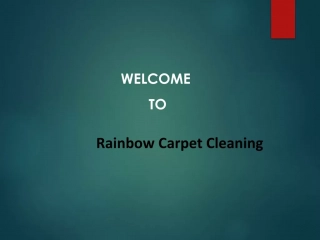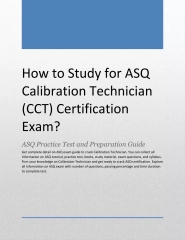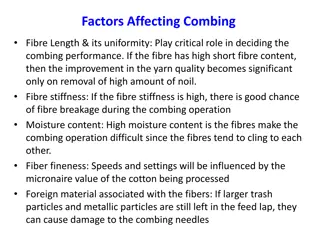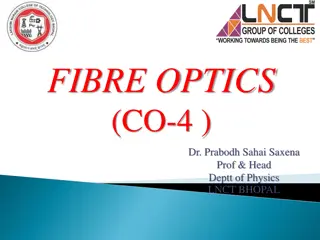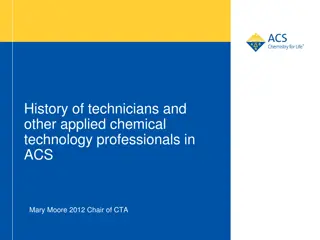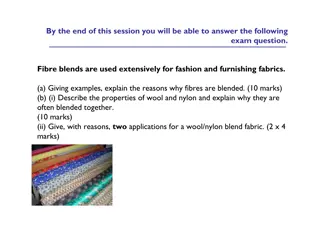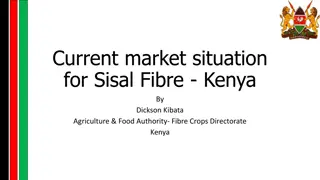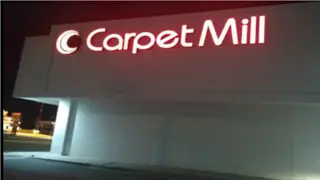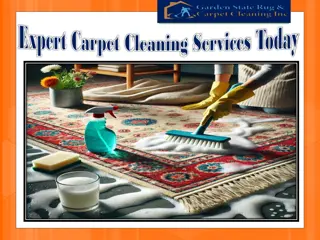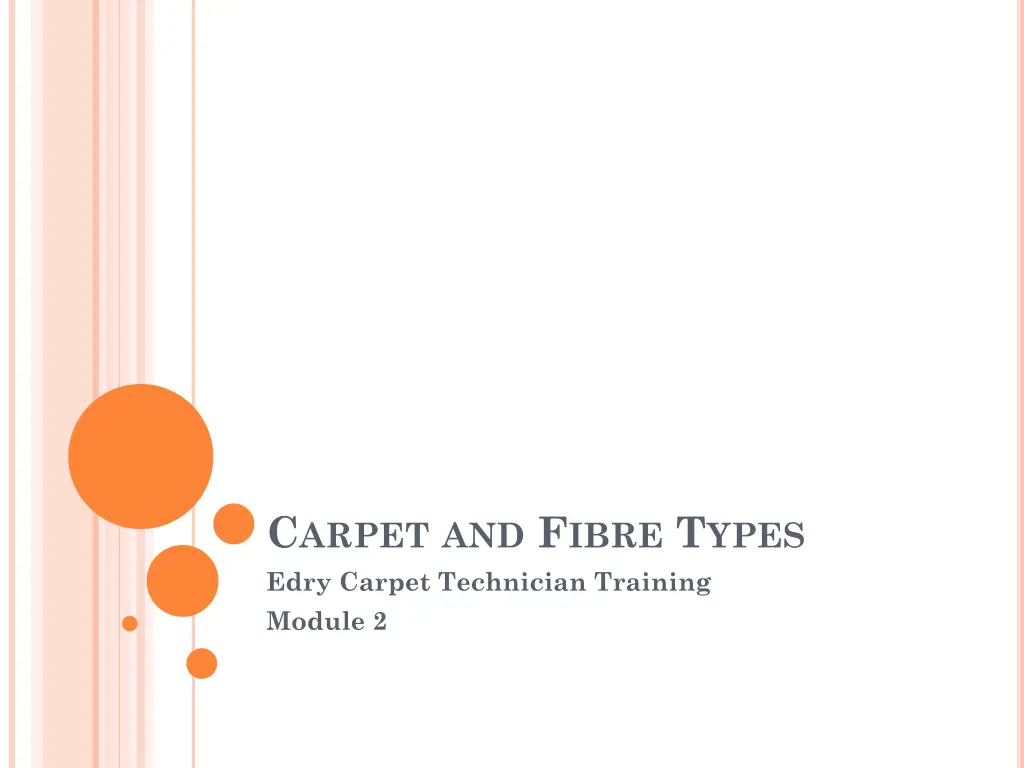
Understanding Different Types of Carpet Fibres for Effective Cleaning
Explore the characteristics of natural and man-made carpet fibres such as wool, silk, sisal, and nylon. Learn about their absorption properties, resilience, dye absorption, and care requirements to maintain the quality of your carpets. Discover how different generations of nylon have evolved to offer improved stain resistance and soil hiding abilities.
Download Presentation

Please find below an Image/Link to download the presentation.
The content on the website is provided AS IS for your information and personal use only. It may not be sold, licensed, or shared on other websites without obtaining consent from the author. If you encounter any issues during the download, it is possible that the publisher has removed the file from their server.
You are allowed to download the files provided on this website for personal or commercial use, subject to the condition that they are used lawfully. All files are the property of their respective owners.
The content on the website is provided AS IS for your information and personal use only. It may not be sold, licensed, or shared on other websites without obtaining consent from the author.
E N D
Presentation Transcript
CARPET AND FIBRE TYPES Edry Carpet Technician Training Module 2
NATURAL FIBRES Wool Short fibre Absorbs up to 80% of it s mass in moisture (slow drying) May shrink if over-wet Very resilient Easily absorbs permanent dyes Smells when wet often referred to as a wet-dog smell This is caused by the sulphur reacting with moisture. This can be compounded by moisture in the carpet cleaning activating any mould/yeast present in dirty wool carpet
NATURAL FIBRES Silk Mainly used in rugs High lustre Very absorbent Silk rugs are often subject to dye migration Pile can be re-set/distorted through heat Affected high alkaline chemicals Great care is required when cleaning silk rugs
NATURAL FIBRES Sisal Sisal is a naturally occurring fibre that is obtained from the three-foot leaves of the Agave plant. Looks like rope matting Used as a durable face yarn Will shrink if wet Is sometimes dyed a red or green shade. The dye does not hold well and may come off with cleaning Many wool carpets are now made to look like a sisal weave and are generically referred to as wool sisal carpets (tight high-low loop pile with a woven effect)
MAN MADE FIBRES Nylon Most common man made fibre Long yarn Absorbs up to 10% of it s mass in moisture Very resilient Can be made as thick or thin as desired and dyed to any colour Has dye sites that absorb foreign dyes which can be very hard to remove
THE NYLON GENERATIONS "First Generation" Nylon "Second Generation" Nylon "Third Generation" Nylon "Fourth Generation" Nylon "Fifth Generation" Nylon Yarns performed well, but magnified soil causing rapid apparent soiling of fibre Yarns are either delustered or have an altered cross section to improve "soil hiding" ability of the fibre Yarns have a built- in static control. Since nylon produces very strong static, especially in low humidity situations, it was felt that this development was necessary to facilitate the product s acceptance in the marketplace. The Fourth Generation refers to the Nylon that has had fluorochemicals applied to it. Fluorochemicals help to repel soil, oil and water-based stains by lowering the surface energy of the fibres. Additional properties built into the yarn. The Nylon in the Fifth Generation has been treated with an anionic dye blocker or acid dye resistor to resist stains from common household food and beverage substances. The acid dye resistors act like colourless dyes.
MAN MADE FIBRES - NYLON 5thGeneration Nylon Has very good stain resistant properties (acid dye blocker and coatings similar to E-Gard) Often comes with a stain resistant warranty Stain repellancy and dye blockers wear away with traffic and general use Any warranties on 5thgeneration carpets exclude stains created by products such as mustard (disperse dye), hot tea or coffee, blood, vomit, urine, faeces, bleaches, plant food, drain cleaners, non-food substances, non-beverage substances.
MAN MADE FIBRE - POLYPROPYLENE An extrusion dyed fibre the dye is mixed into the plastic in the manufacturing process. The means there are no dye sites Predominantly used for commercial carpet and thick rugs Low moisture absorbency (up to 2%) Resists bleaching and permanent dyes Fibres can be re-set with heat. Use of very hot pads can cause a pad mark . Attracts oil and lacks resilience. Tracking can be very hard to remove. Requires high ph cleaning products to break down oily soils to successfully clean tracked areas
MAN MADE FIBRES - ACRYLIC Acrylic Predominantly used in rugs that have an oriental pattern Low resilience and susceptible to abrasion Becomes more coarse with age
CARPET STYLE - WOVEN Woven refers to a carpet or rug that is made through the process of weaving. The front and back of the woven carpet are formed at the same time. Typical woven carpets are Wilton and Axminster.
CARPET STYLE - WOVEN Wilton and Axeminster carpets have a wool face yarn and cotton weft yearn (cross yarn) Long lasting Regularly used in hotels and clubs given it s wearability and fire rating
CARPET STYLES FUSION BONDED Fusion bonded carpets are produced by implanting the face yarns directly into a liquid vinyl or rubber that also forms the backing. It allows the yarns to be more closely packed than in either weaving or tufting processes, resulting in extreme density of fibre. Fusion bonded carpets can be either cut or looped pile. Typically used for carpet tiles
CARPET STYLES FLOTEX/WALKATEX A fusion bonded carpet Short fibres are dropped onto a hot liquid which is cooled and sets to become the carpet backing Non-slip large areas should be cleaned with hot water extraction Highly stain resistant
CARPET STYLES TUFTED CARPET Most carpets manufactured today are tufted carpets. In production, yarns are stitched into a backing material to form loop-pile, cut-pile or cut and loop pile carpet. Tufted carpet construction consists of face yarn and primary backing (usually polypropylene), adhesive (latex glue) and secondary backing (jute or polypropylene).
CARPET STYLES TUFTED CARPET The production process is the face yarn (usually wool, nylon or polypropylene) is sewn into primary backing (usually polypropylene). The primary backing is glued to a secondary backing using a latex glue. The secondary backing, usually either jute or polypropylene gives structural strength to the carpet.
CARPET STYLES TUFTED CARPET Cut-Pile Design is where the face of the carpet is composed of individual, levelled cut pieces of yarn. Loop-Pile Design refers to a carpet style where the pile surface consists of uncut loops. The loops can vary in height. Cut and Loop Pile Designs refer to styles that include elements of both cut and loop pile design.
CARPET ISSUES Delamination When the primary and secondary backing separate. The usually occurs when the latex glue breaks down Results in a ripple or wave effect in the carpet
CARPET ISSUES Incorrectly layed carpet Some carpets are layed without sufficient tension. This is usually because they are layed with a knee kicker instead of a power-stretcher. Over time, poorly layed carpet will stretch resulting in a wave or ripple. This usually occurs over the entire width of the room
CARPET ISSUES Pile reversal/watermarking When carpet fibres lean in different directions Effect of pile reversal changes depending on the angle at which you look at the carpet
CARPET ISSUES Pile reversal
CARPET ISSUES Abrasion/Wear Dull dark areas caused by scratching of the fibres from particulate soils. Will appear to improve when carpet is wet. When carpet is worn, the carpet fibres become rough and don t reflect light resulting in a dark appearance in the carpet. Think Gloss vs. matt finish with paint Often accompanied by some permanent staining from soiling Photos required

